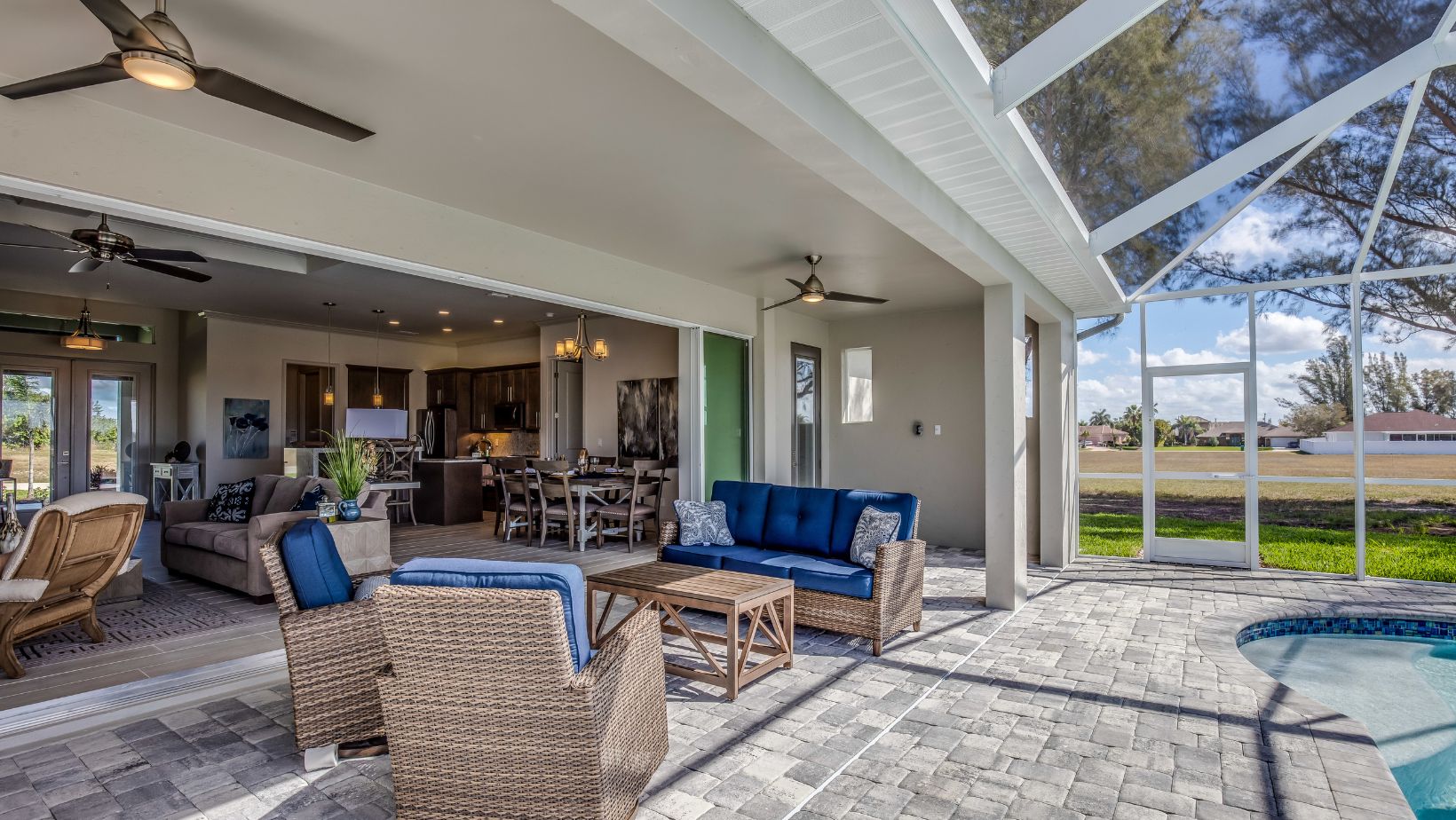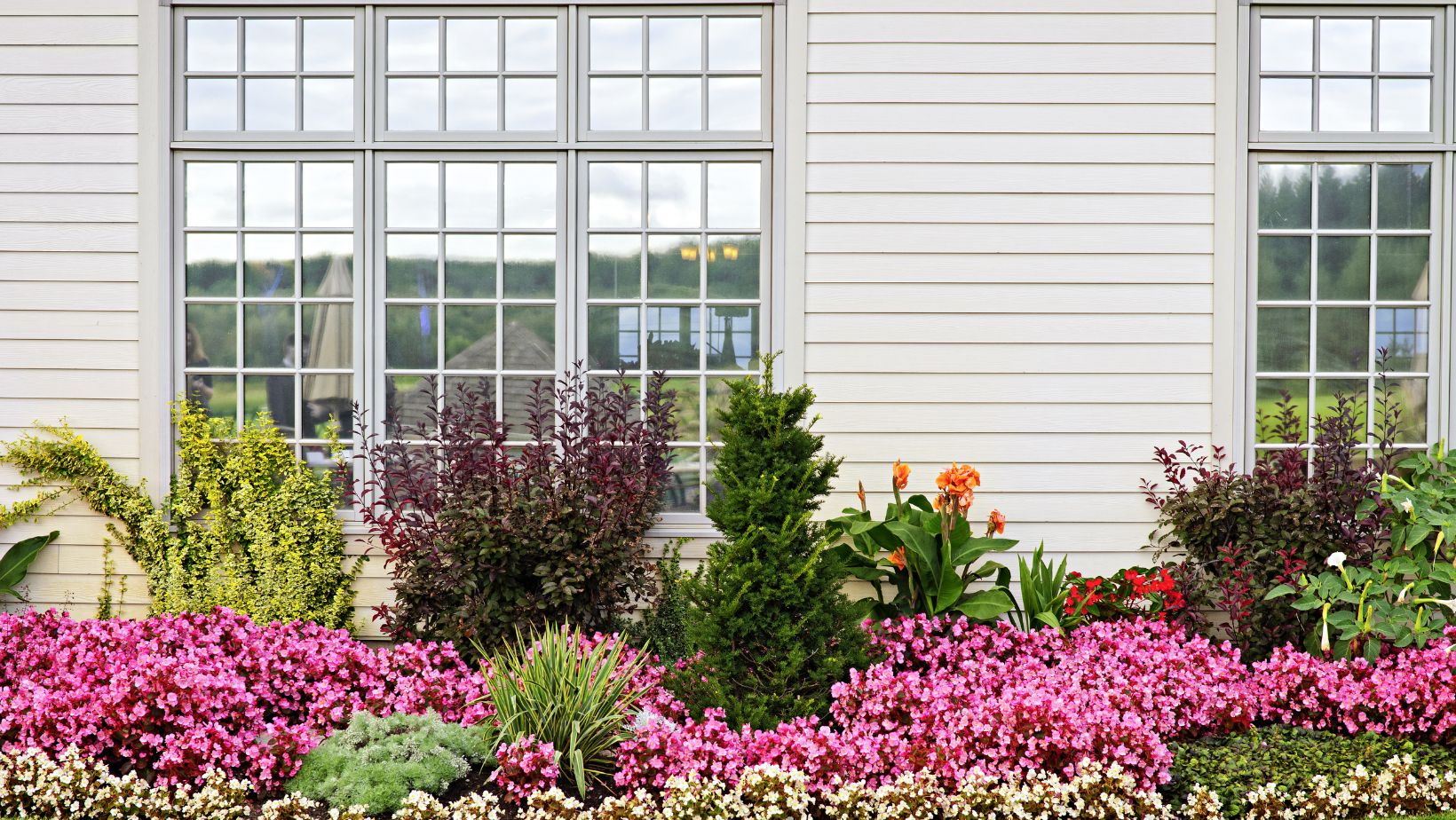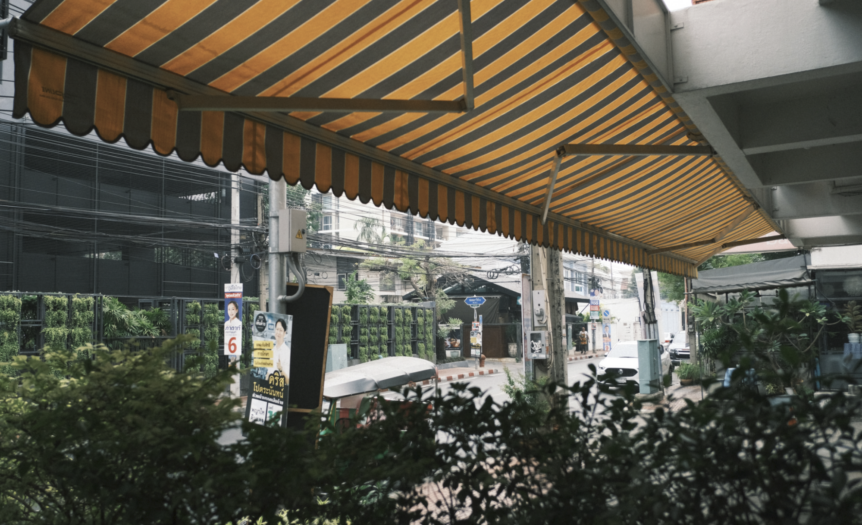Outdoor living continues to grow in popularity as homeowners seek to extend living space beyond the confines of interior walls. Backyards and patios now commonly feature dining areas, lounges, fireplaces, and more to accommodate family functions, parties, and relaxation in the open air. However, the fundamental issue impacting the use of these spaces remains unchanged: the lack of shelter from sun, rain, and other elements. This is where retractable awnings provide the ideal solution.
As externally mounted shades that unfurl to provide overhead coverage at the touch of a button, retractable awnings enable outdoor areas to be used in comfort year-round regardless of weather or sunlight conditions. Offering UV protection, temperature control, and design appeal, awnings have become a staple upgrade for modern homes looking to increase the livability of exterior spaces. This guide will explore everything homeowners need to know before investing in retractable awnings.
What are Retractable Awnings?
Retractable awnings, also sometimes called roll-out awnings, are folding shades mounted to the exterior of homes or commercial buildings. They expand outward to provide shade and shelter and retract against the building when not in use.
The awnings consist of a sturdy aluminum frame covered in water-resistant fabric. This can be acrylic, polyester, or vinyl material in a variety of colors and patterns. The awning expands from a casing on the outside wall via manual or electric operation.
Some key benefits of retractable awnings include:
- Protection from sun, light rain, glare, and UV rays
- Increased temperature control and energy savings
- Extended outdoor living spaces
- Visual appeal and increased curb appeal
- Versatile installation on homes or businesses
Compared to fixed canopies, the ability to retract the shades gives more flexible control over shading. Closed awnings allow beneficial natural light when wanted. Open awnings provide cooling relief from direct sunlight whenever needed.
Types of Retractable Awnings
There are a few different classifications of retractable awnings to consider:
Patio and Door Awnings
Mounted above or beside patios, decks, entries, or large doors/windows. Provides defined areas of overhead shelter ideal for dining spaces or transition areas between indoors and outdoors.
Roof and Vertical Awnings
Attaches to roof lines or walls in a vertical format to shade larger undefined spaces. Good for generally blocking sun/rain without needing support posts. It can cover full rooflines for maximum impact.
Freestanding and Pergola Awnings
Self-supporting frames allow awnings to be stand-alone structures or integrated with pergolas. Provides flexibility for placement as needed in the space without building attachment.
Motorized or Manual Operation
Motors allow automatic extension/retraction at the touch of a button. While costly, this adds major convenience. Manual operation slides out smoothly with a hand crank and locks securely in place as needed.
Consider positioning, climate, and usage frequency when weighing motorization benefits. Pergola and large horizontal awnings have the most impact from motorized functionality.
Benefits of Retractable Awnings
Beyond basic sun shading functionality, retractable awnings impart many helpful benefits:
Temperature and Energy Savings
Studies by the American Society of Heating, Refrigerating, and Air-Conditioning Engineers estimate retractable awnings can reduce heat gain in buildings by up to 77%. This significantly cuts air conditioning costs in summer.
UV Protection
Up to 98% of harmful ultraviolet radiation from the sun can be blocked by quality fabrics. This creates healthier outdoor living spaces, uninterrupted by harsh light.
Weather and Element Protection
Durable awning covers made from long-lasting acrylic, polyester, or vinyl fabrics repel rain, winds, and other weather events. Some are even designed for seasonal cold/snow loads. This allows the extended use of outdoor areas even in unfavorable weather.
Privacy and Seclusion
Homes in dense suburban areas can use retractable awnings to carve out private exterior spaces blocked from neighbors’ views.

The enclosure effect feels more relaxing and personal than open yards.
Buying Considerations for Retractable Awnings
Selecting retractable awnings involves evaluating a few key criteria:
Type/Style
Determine if a vertical, sloped, freestanding, or other style fits your space appropriately. Measure the area and consider obstructions around proposed installation areas.
Size/Dimensions
Measure the square footage needing coverage, and order awnings sized adequately for full functionality. Standard widths are up to 40 feet, projection lengths vary from 4 to 13 feet. All reputable awning sellers offer custom sizing services as well. Consider multi-unit awnings for large spaces.
Fabric Material and Color
Acrylic and vinyl fabrics prove quite durable, while polyester blends add decorative diversity. Solid colors simplify coordination with existing color schemes, while striped patterns boost visual appeal.
Frame Type
Aluminum under durable powder coat finishes makes for hardy awning skeletons. Stainless steel and galvanized steel increase strength and corrosion resistance. Enclosed casings tend to be stronger than open roller designs as well.
Pitch/Angle
Steeper angles above 10 degrees encourage optimal rain runoff, while subtler pitches under 10 degrees provide more overhead coverage from the sun. Lateral arm styles allow adjustable angles as needed.
Motorization
While costly, motors add major functionality and accessibility. Consider motorizing awnings in frequently trafficked gathering spaces or hard-to-reach mounting locations.
Warranties
Well-built retractable awnings come with assured 10-15-year warranties on frames and fabrics. This protects against early failure from winds, water pooling, or other functional issues.
Professional Retractable Awning Installation
Proper installation is crucial to get full functionality from new retractable awnings. This complex process involves multiple challenging steps:
Evaluating Mounting Surfaces
Walls or soffits must have adequate anchors to handle awning weight and wind loads. This may require framing reinforcement before installation.
Leveling & Plumb Positioning
Awnings must be mounted level on all planes.

Adjusting arm lengths and brackets incrementally attains smooth alignment.
Wiring Electric Motors
Hardwiring motors into homes’ electrical systems enables remote control operation. Lighting packages often integrate here, too.
Fabric Unfurling
Special strapping techniques unfurl fabrics evenly onto frames without stretching or tearing.
Overall, professional retractable awning installers have the expertise to handle all necessary mechanical, electrical, and fabrication elements. This assures proper functioning for many years. Reputable dealers also handle permitting and insurance adjustments if required.
Maintaining Retractable Awnings
A few periodic maintenance steps keep retractable awnings working smoothly:
Debris Removal – Clear dirt, leaves, nests, and other buildup around awning mechanics to prevent jamming or tearing.
Hardware Inspections – Check brackets, arms, and fabric attachments yearly. Tighten any loose bolts or fasteners. Lubricate crank gears if manually operated.
Fabric Care – Spot clean fabric with mild soap and water monthly. Re-apply fabric protection treatments after deep cleanings.
Operational Checks – Cycle the extension/retraction monthly to keep mechanisms flowing freely in all weather. Have motors inspected biannually.
Conclusion
Retractable awnings are versatile shading systems that enhance outdoor living spaces in many helpful ways. From temperature control to UV protection to weather shelter, they enable full function and comfort of backyards and patios year-round. By understanding the different awning types, features, benefits, and proper installation methods, homeowners can make informed decisions when adding retractable shading. With periodic maintenance, these elegant and highly useful structures provide lasting value and enjoyment for residential settings.








